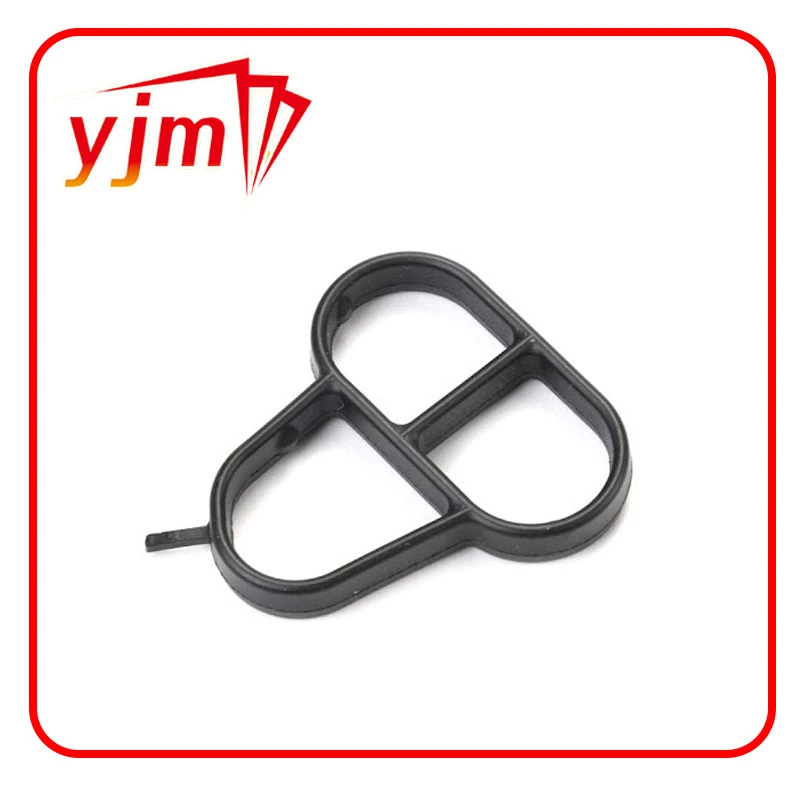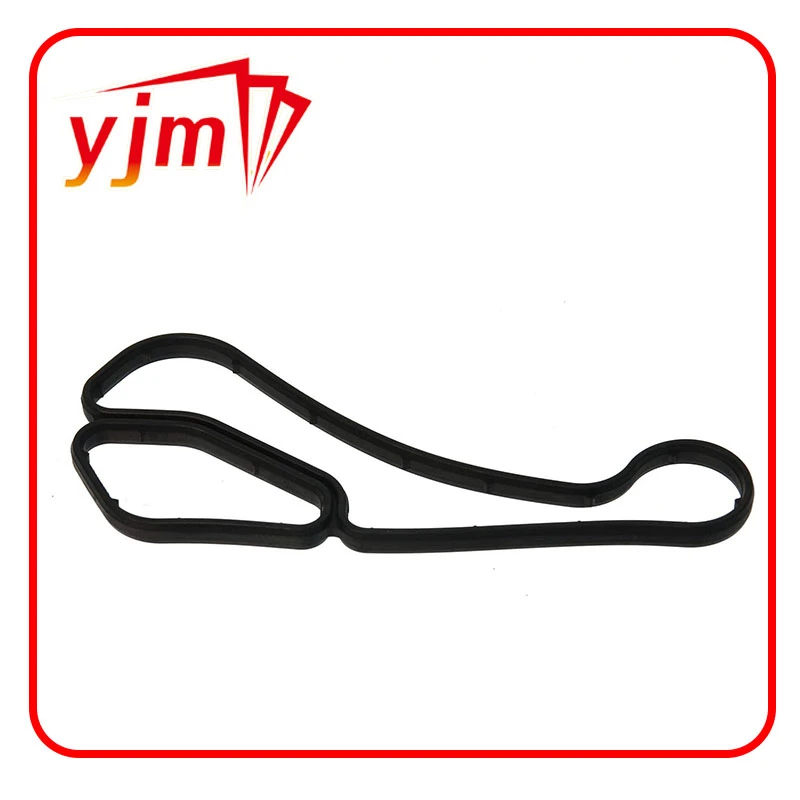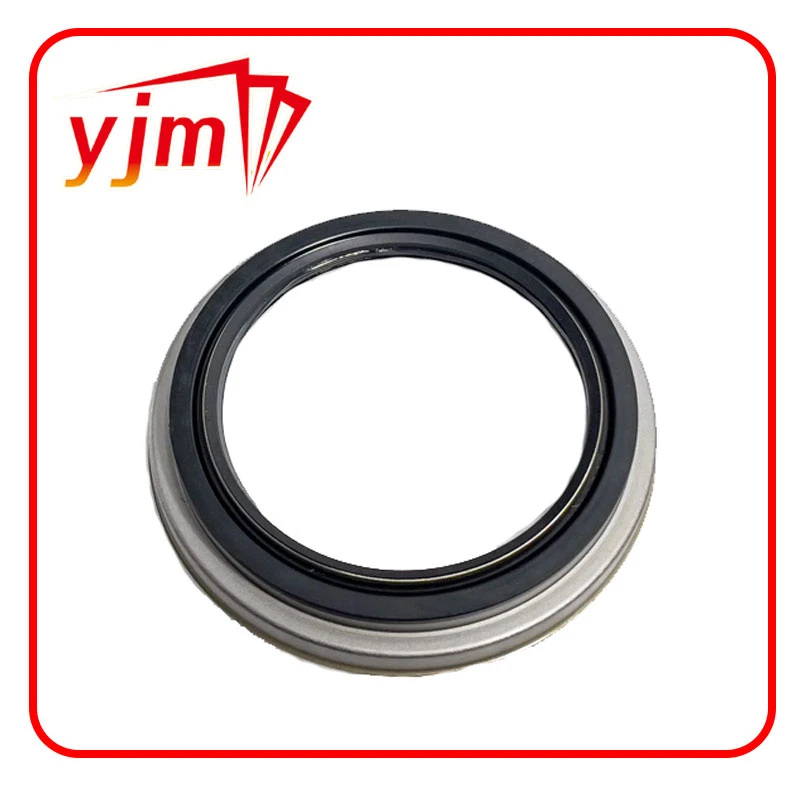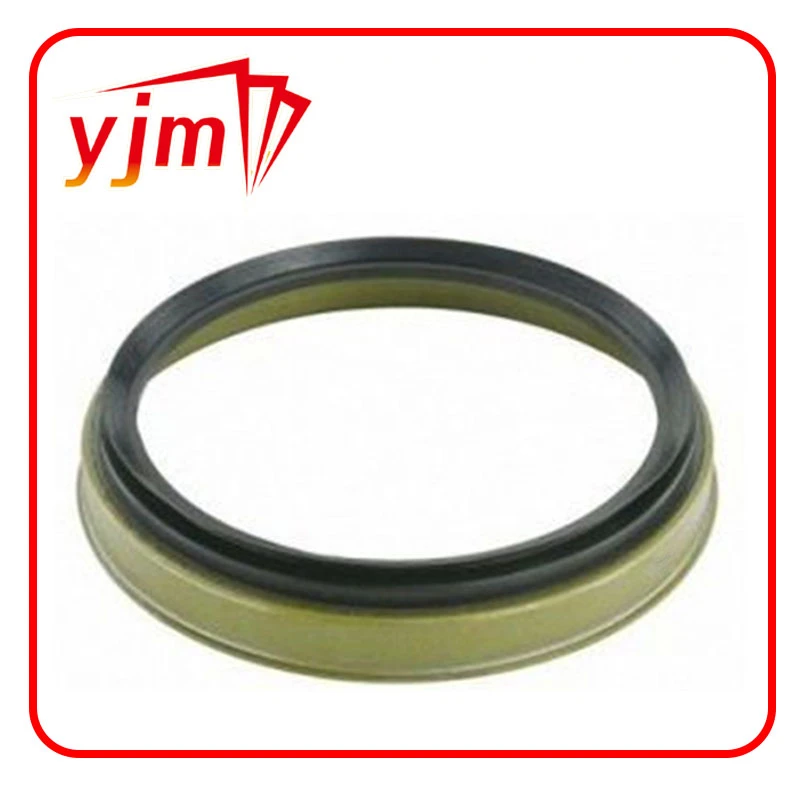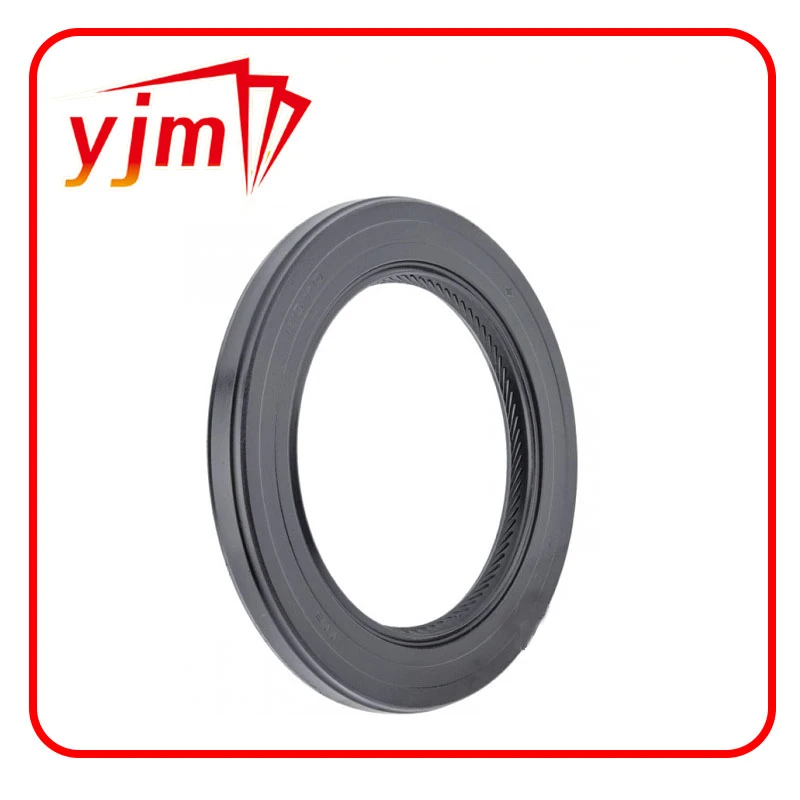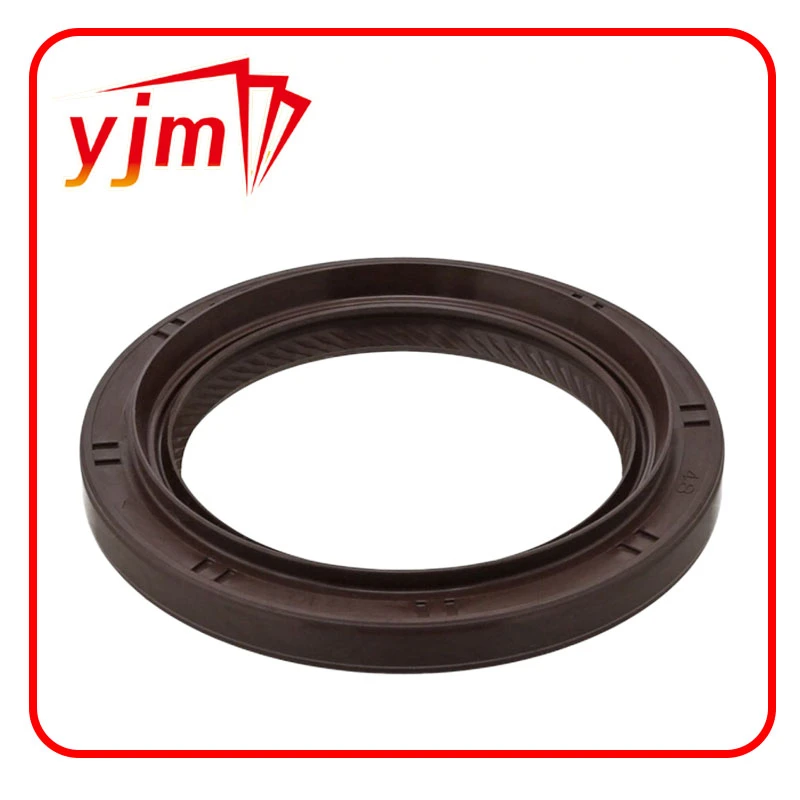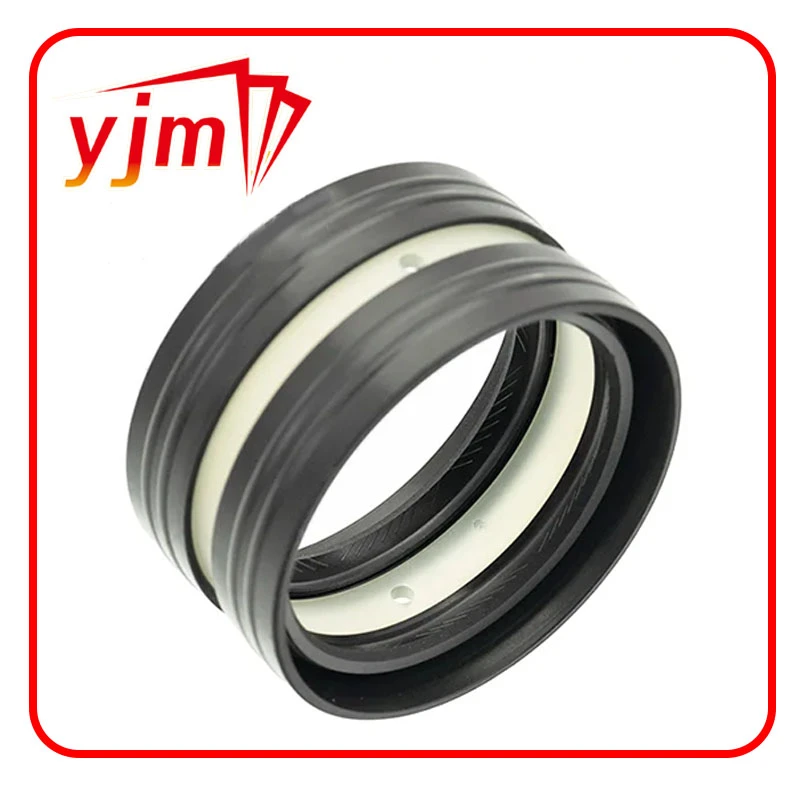Sealing the System: The Importance of Engine Oil Filter Gaskets
In the world of engine maintenance, certain components may seem small or insignificant—until they fail. One such crucial part is the engine oil filter adapter gasket. This simple gasket plays a vital role in ensuring that your engine oil flows smoothly and without leakage between the oil filter and the engine block or adapter.

When the engine oil filter adapter gasket becomes worn or cracked, it can lead to serious oil leaks, loss of oil pressure, and even engine damage if not addressed promptly. That’s why timely inspection and replacement of this gasket should be a regular part of your maintenance routine, especially during oil changes or filter servicing.
Ignoring issues with this gasket could result in poor lubrication, overheating, or catastrophic engine failure. Replacing the engine oil filter adapter gasket is usually a simple, low-cost repair that can prevent costly breakdowns and extend your engine’s life.
Sealing the Flow: Understanding Engine Oil Filter and Housing Gaskets
Another key component in oil system maintenance is the engine oil filter gasket—the rubber or silicone ring that seals the perimeter of the oil filter. This gasket keeps oil from leaking during engine operation and ensures that the oil flows through the filter properly, maintaining engine cleanliness and efficiency.
A damaged or improperly seated engine oil filter gasket can lead to immediate oil loss upon starting the engine. Common signs of gasket failure include visible oil leakage around the filter, a drop in oil pressure, or even oil pooling beneath your vehicle. Always make sure to check the condition of this gasket during an oil change, and never double-gasket—accidentally leaving the old gasket on when installing a new filter.
Closely related is the engine oil filter housing gasket, which seals the housing that holds the oil filter, particularly in cartridge-style systems. Vehicles with external filter housings often depend on this gasket to keep the connection between the housing and engine block leak-free. Over time, the engine oil filter housing gasket can degrade due to heat and pressure, leading to slow leaks or sudden oil loss.
Replacing a gasket for oil filter housing is typically straightforward, but it's important to use the correct size and material type for your vehicle. OEM or high-quality aftermarket parts are recommended to ensure a proper fit and long-lasting seal.
When and How to Replace Oil Filter Gaskets
Replacing gaskets like the engine oil filter adapter gasket, engine oil filter gasket, and engine oil filter housing gasket is best done during routine oil changes or any time you notice signs of a leak. Common indicators include:
Oil residue near the filter or housing
Dripping oil under the engine
Low oil pressure warning lights
A burning oil smell while driving
To replace the engine oil filter adapter gasket, you’ll typically need to remove the oil filter and possibly the adapter itself, depending on your vehicle’s design. Clean the contact surfaces thoroughly before installing the new gasket, and apply oil to the gasket if recommended to ensure a secure seal.
The engine oil filter gasket is usually replaced automatically when a new oil filter is installed, as most filters come with a fresh gasket pre-installed. Still, you should always double-check that the old gasket didn’t remain on the engine during removal, which could lead to a double seal and an oil leak.
When replacing the gasket for oil filter housing, it's important to follow torque specifications and reinstallation procedures exactly. This ensures a tight seal and prevents warping or uneven pressure on the gasket, which could cause premature failure.
These small but mighty components help maintain oil pressure, prevent contamination, and protect your engine from unnecessary wear and damage. Keeping them in good condition is essential for the overall health and longevity of your vehicle.
While gaskets may seem like minor components, their role in sealing the oil system is critical. From the engine oil filter adapter gasket to the engine oil filter gasket, engine oil filter housing gasket, and the gasket for oil filter housing, each plays a vital part in maintaining the performance and reliability of your engine.
Routine inspections and timely replacements of these gaskets help prevent oil leaks, maintain proper lubrication, and protect internal components from wear and overheating. With a small investment of time and care, you can avoid large repair bills and keep your engine running smoothly for years to come.
-
Seal 12x20x5: Precision Radial Shaft Seals for Industrial Reliability
Жаңылыктар Nov.24,2025
-
Seal 12x18x5: Essential Guide to Specifications, Applications & Vendors
Жаңылыктар Nov.24,2025
-
Understanding Seal 12 20 5: Applications, Specifications & Industry Insights
Жаңылыктар Nov.23,2025
-
Durable Oil Seal 85x110x12 – Reliable Sealing Solutions for Industry
Жаңылыктар Nov.23,2025
-
Durable and Precise Oil Seal 75x95x10 for Efficient Machinery | YJM Seal
Жаңылыктар Nov.22,2025
-
Durable Oil Seal 75x100x10 for Reliable Industrial Performance | YJM Seal
Жаңылыктар Nov.22,2025
-
High-Quality Oil Seal 65x90x10 | Durable & Reliable Sealing Solutions
Жаңылыктар Nov.22,2025
Продукциялардын категориялары

